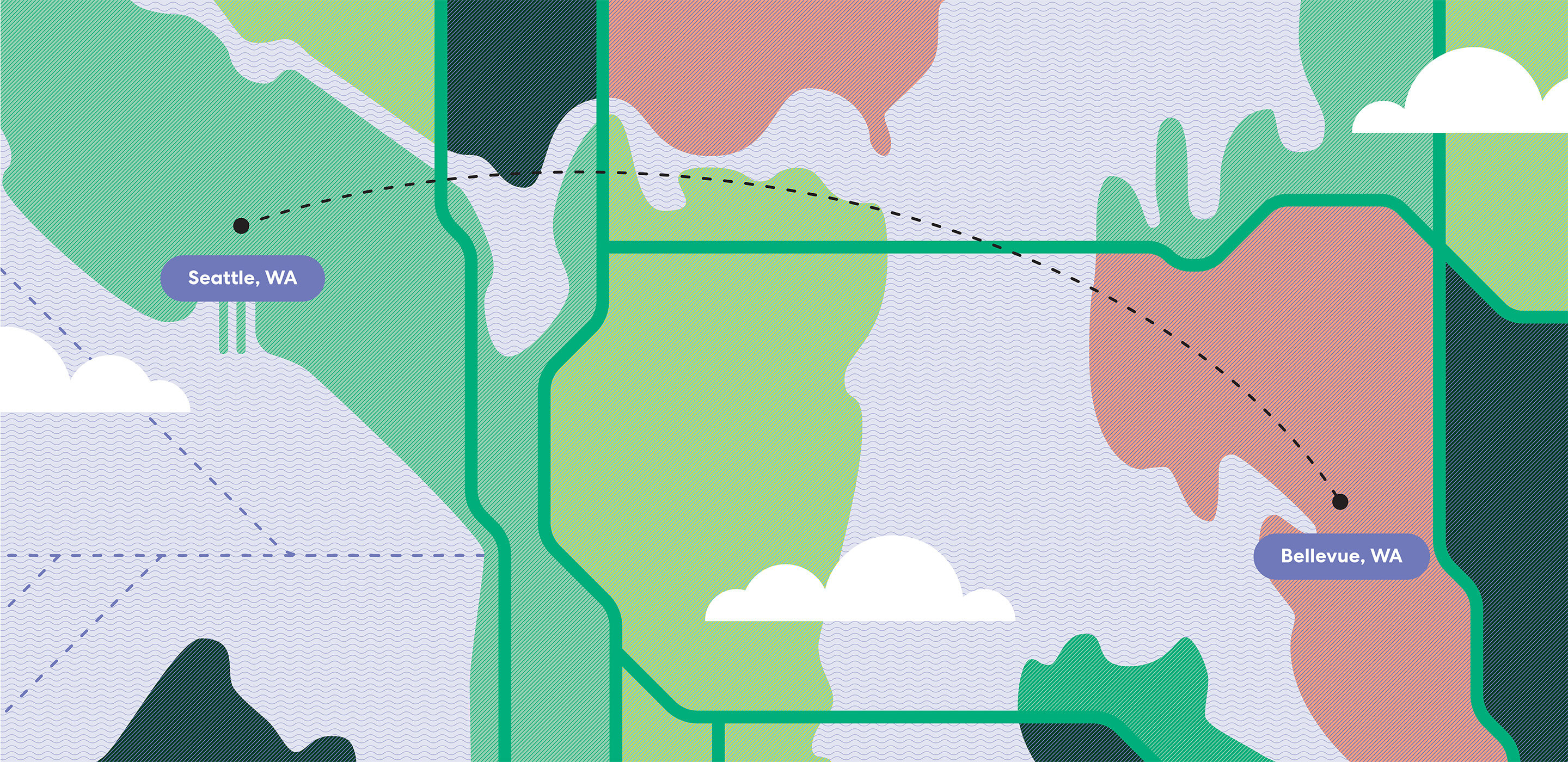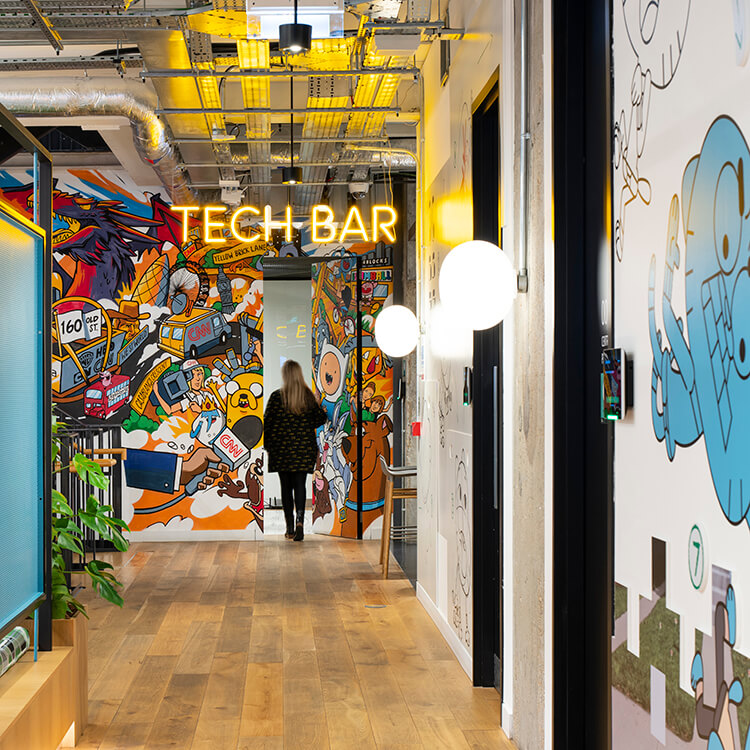Why did Expedia set up a commute program to help employees broaden their transit options?
Josh Khanna: Expedia did not need a commute program until we moved from downtown Bellevue to the Interbay neighborhood of Seattle, which is less-well-connected than downtown Bellevue. Two things happened—and this was all pre-COVID:
One, we realized that we got ourselves into a bit of a bind in Bellevue. We used to give employees an ORCA pass, which is a transit pass for the Puget Sound region, or we offered a subsidized monthly parking pass. We’d maxed out the parking in the couple of buildings where we had office space and we were looking at third-party vendors and providers. When we left Bellevue, we were probably the largest user of parking in the city. Our people got very used to that. Meanwhile, there would be less parking available in Seattle, so we recognized that we needed help transitioning our people’s thinking about how they were getting to work.
Two, the Seattle Department of Transportation told us that we had to provide a shuttle program. We were the first corporate client that got told that. The others had already done it on their own—Google, Facebook, Amazon, et cetera. And our campus is outside of downtown, which is the big transit hub, so people can get to downtown Seattle, but then what do they do to get to Interbay?
That’s when we said, “You know what, we need help.” So Nelson\Nygaard came in and started recalibrating expectations for us on what choices we could offer our staff. There’s a lot of work on the technology side, on the operations side, and on the listening side to create viable employee commute options. And since we’ve been recovering from the pandemic—we had a lot of people leave, we had a lot of new people join—we had to reevaluate what made sense in today’s day and age.
Scott Phillips: The change management piece is critical to the success of the commute program. And that happens at a grassroots level. Someone has to help employees understand what their options are. We have a multifaceted commute program and options around that are affected not just by where somebody lives, but what time of day they’re commuting, and which days—and that may vary from day-to-day, week to week. So having the resources to help people navigate through those options is where we’ve seen huge value and benefit to our employees.









